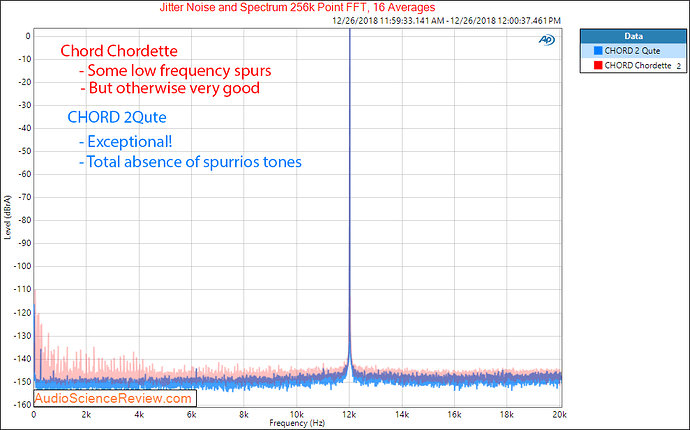I got a lot of USB noise playing 24/192 from Dell XPS 15 to Chord Mojo 2 via USB. So, I now use WIFI to RPi4, iPhone, or iPad to Mojo 2 when using Roon core on Dell away from home.
That is a good work around.
My Chord Hugo 1 is used for a general theater setup where it can be used for music, movies, YouTube, DVD playback, Samsung TV, etc. The Mac Mini is a control point.
Just to point out, this reference (and these diagrams) is from 2006. Tech has progressed since then. Maybe things are better now?
Is there some site which archives these terrible eye diagrams for various computers? I’d like to take a look at them.
I’ll post my experiences here and some of the conclusions I’ve come to based on measurements I’ve made and long term listening.
Warning: long post.
Conclusion: In my case a USB isolator and clean power supplies has made a difference in the subjective enjoyment of my system over long periods of time.
First, there is no issue with USB signals themselves. They either work or they don’t. There is no error correction in asynchronous isochronous USB audio, so if there are data connectivity issues there will be obvious audible problems.
There is no jitter issue with asynchronous isochronous USB audio because the DAC determines the timing of the incoming data stream and provides any needed buffering. Jitter and timing performance are wholly in the DAC’s hands. Everything upstream does not matter, with the caveat that gross errors will be clearly audible.
So what’s left, and why would any thinking person want to buy a USB de-crappifier?
There are numerous noise sources upstream of the DAC. These come from poorly designed off-line switch mode power supplies, linear power supplies, Ethernet Switches, the device you use to render the USB audio itself, be it a PC, NUC, RPi, or dedicated high-dollar renderer.
This noise gets impressed on the audio ground of the DAC. Even with ‘galvanic isolation’ provided by Ethernet and some USB implementations, noise is capacitively coupled into the audio ground of the DAC. The noise is then conducted to other components downstream of the DAC, adding itself to the analog audio.
I have measured the noise output of the power supplies in an RPi and PC based endpoints, built some low noise power supplies, and added an inexpensive USB isolator to my system. The results of that effort are here:
I also added a fiber Ethernet break and powered the renderer end of it with a low noise power supply. After long term listening to this setup, taking it in and out of the chain for days at a time, I prefer the ‘quiet’ setup to running the RPi from its own switcher and a direct Ethernet connection.
I haven’t yet had the time to run end-to-end audio system performance tests - that will come later this fall or winter.
Potential noise sources, I think you mean to say.
I appreciate the careful description of your test set-up and experiment, details often missing in these reports.
However, it seems as if your final test of whether any of this makes a difference is simply “extended listening sessions”. The human ear is hardly the most resolving, dependable or accurate test instrument to use. Why not also measure noise at the output of the connected DAC, as well? To see if the experimental changes actually affect the audio output?
I intend to do an end-to-end objective test when I have other gear to test. It’s not trivial to set this stuff up. I’ve enjoyed living with the system in the meantime, so I’m in no hurry.
I wad surprised to read this. The 2Qute, which is based on the Hugo, has “textbook” jitter performance. These measurements are from S/PDIF, but I’d expect USB to be no worse. Noise measurements are good too, although I think galvanic isolation was added to the 2Qute. What output from the Gustard so you use?
Personally, I prefer S/PDIF over USB.
MM → usb → gustard u12 - coaxial spdif → chord hugo 1
